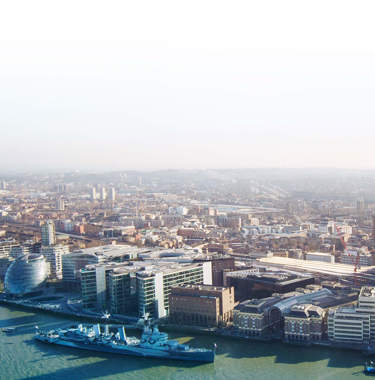Our specialist underwriter Oliver Wilcox has an interesting perspective on the opportunities around insurance and future energy; “The world has changed, and we at Brit, are excitedly embracing it. As a recognised leader in the global energy insurance market for many years, we are well prepared and positioned to be supporting our clients' needs as we go through this energy evolution.
This new world speaks to our entrepreneurial spirit at Brit. We are interested in building long-term, supportable, partnerships and have spent much time engaging with our clients to ensure our offering continues to be credible and sustainable. And is enabling their growth and evolution. We have strengthened our technical expertise and are able to insure these projects throughout their lifecycle - from construction to eventual decommissioning.
As we’re keen to highlight, it is vital that investors, lenders, builders, and operators remain committed to delivering emissions reductions through building renewable energy and Brit is delighted to be part of that solution.”
Once you've read this article, take a look at our page on the future of nuclear power.
Global energy production needs to increase and go through a phase of transition
Over the coming decade, we are going to see a significant uplift in the energy demands of the world. Alongside this, the companies that supply our energy need to transition from existing fossil-based models to more sustainable forms of energy production. In the last year alone, the increase in our energy requirements was equivalent to adding a second India to the global power grid. We’re partnering together with the Lloyd's market to support the energy transition required to meet the needs of tomorrow.
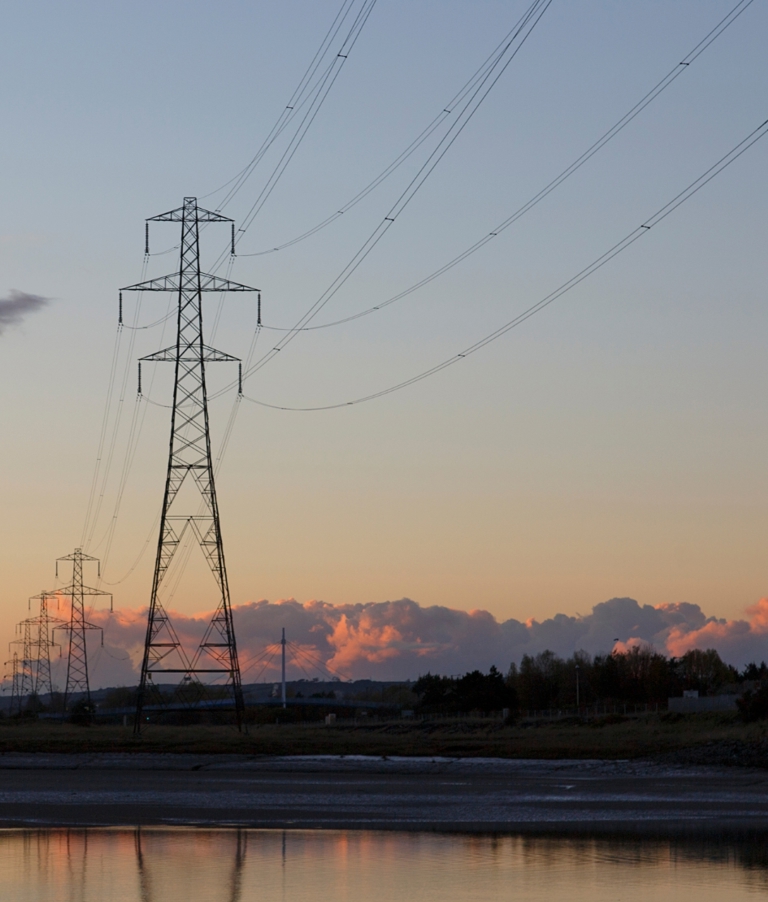
Recent events have shown us how fragile energy supplies can be. We already know the importance of diversifying where we get our electricity from. Couple this with the broader conversation around energy security, and we can see why a move towards a domestically supported carbon neutral/net zero energy mix is desirable.
This move towards a carbon neutral/net zero future presents vast implications for insurers. At the 2021 Cop26 climate change conference in Glasgow, John Neal of Lloyd's said that climate change presented the ultimate systemic risk yet presented the single biggest opportunity for insurers.
Neal is clear on the role insurers can play in moving toward a carbon neutral and net zero future, stating:
“This is our chance to show businesses, communities, and even governments how we can help…we must ensure transition…[several industries have to de-carbonise] and we must insure them provided we can understand their trajectory – where are they today, where is net-zero, and how are they going to get there? …There is a whole array of new products and infrastructure interests that we can participate in.”
It's important to understand what we mean by carbon neutral and why it's different from net zero. Before we go into any detail about energy transition and why wind energy is crucial to getting us on this path, here are a couple of quick definitions to get us started:
Carbon neutral
For a company to be carbon neutral, it should reduce its carbon emissions and invest in carbon sinks (green projects like forests) to absorb the CO2 released into the atmosphere by any activity. This means the amount of carbon being put into the atmosphere is negated by carbon capture.
Net zero
Net zero has a broader scope in reducing emissions and what it seeks to remove from the atmosphere. It accounts for all types of greenhouse gases like methane and nitrous oxide. A net zero strategy prevents harmful gases from being released in the first instance. In its simplest form, net zero will be achieved when human activity no longer causes global warming.
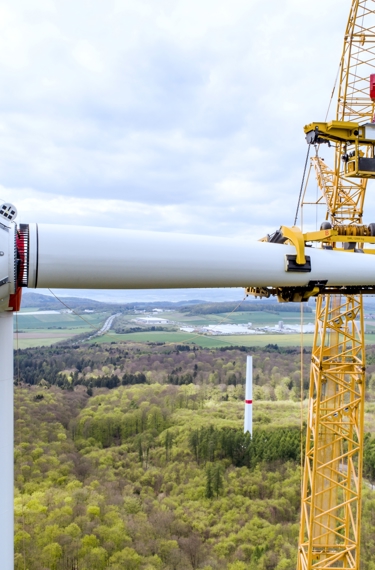
Global investment in developing wind energy
Around the world, many different countries are making investments to build the capacity of wind energy to support their domestic power networks. Windfarm projects are in various stages of planning worldwide, and new installations are surging, post-pandemic. With the cost of offshore electricity generation falling by 66% in the last decade, these large-scale projects are a more viable method of generating cheap, renewable energy.
In 2020, an estimated £36bn was invested in wind projects across Europe. The biggest contributors to this were the UK, followed by the Netherlands, France, Germany, Turkey, and Poland.
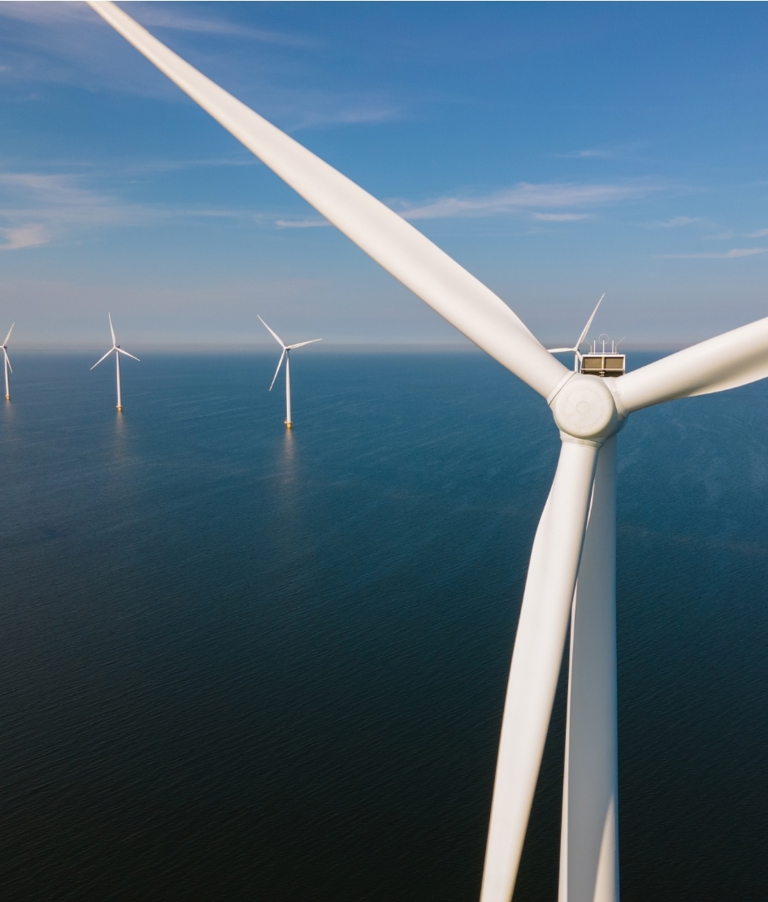
The UK aims to be a world leader in developing and diversifying where its energy comes from. At the moment, the UK has approximately 35% of global installed offshore wind capacity and is home to seven of the world’s 10 biggest off-shore wind sites. Looking ahead, there are 31 offshore wind projects planned across the British Isles, with a total value of $93 billion covering geographical areas from the Moray Firth to the Celtic Sea.
Recent years have seen a policy drive to ensure that Britain can be more reliant upon energy generated domestically. In early April 2022, the UK government announced plans for a bold new energy strategy to refocus where its power comes from to ensure less reliance on importing its energy from other countries.
The key element of wind power for the UK
A cornerstone of the UK government’s new strategy concerns the development and exploitation of offshore wind energy. Alongside ensuring the UK has a solid nuclear energy capability with elements of hydrogen energy to support it.
This new energy strategy announced that the UK will aim to harness 50 GW of electricity generated from offshore wind by 2030. If we take the UK as an example of what other countries will follow, we can see wind will play a significant role in our energy future. To understand how the market is developing, here are some numbers to demonstrate the growth potential of the wind energy sector on both a global scale and in the UK.
Advancements to make wind more viable in the long-term
Due to the impact of external factors on the supply and cost of energy, many countries are looking at wind energy as a solution to lower reliance on foreign markets. Being in complete control of a domestic energy supply allows for greater stability and technological advancements allow energy surpluses to be sold to other countries.
Until now, harvesting energy created by offshore windfarms to land has been in the hands of the project coordinators from each windfarm. This causes issues with the uniformity of the roll-out of wind within the energy mix. As wind levels can fluctuate, there can be issues relating to energy surpluses and shortages in a domestic energy network, where some of the power harnessed isn’t immediately required and is ultimately wasted. The key to solving this issue lies in using multi-purpose electricity interconnectors to sell excess energy to foreign markets.
In the case of the UK, Energy Minister Greg Hands was quoted in Renewable Energy Magazine saying;
"With the potential for huge savings, multi-purpose interconnectors could ease offshore wind development, by establishing a future generation of offshore connection hubs. I look forward to working with independent regulator Ofgem as we explore allowing clusters of offshore windfarms to connect all in one and directly into electricity interconnectors, enabling Britain to sell excess clean energy to other countries.
With such a clear commitment to developing this energy source and creating a fully integrated system to support it, insurance coverage will be required to ensure that wind-based energy infrastructure around the world is protected.”
Highly ambitious projects are required
Plans formed by governments around the world to embrace this form of energy production and cement its position as part of domestic energy mixes are ambitious. Governments will need to ensure that they have the infrastructure in place to support and build planned windfarm projects, both on and offshore.
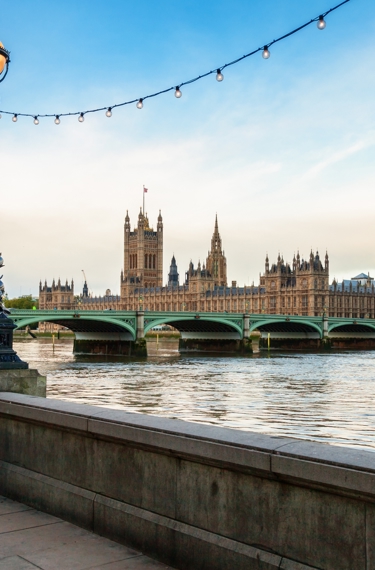
Planned projects require a range of support networks
While it's reasonable to put timelines on these projects, vital support structures need to be in place for them to be fully realised. These are required to effectively level-up global wind production, particularly offshore, to meet some of the targets for renewables that have been set over the next decade.
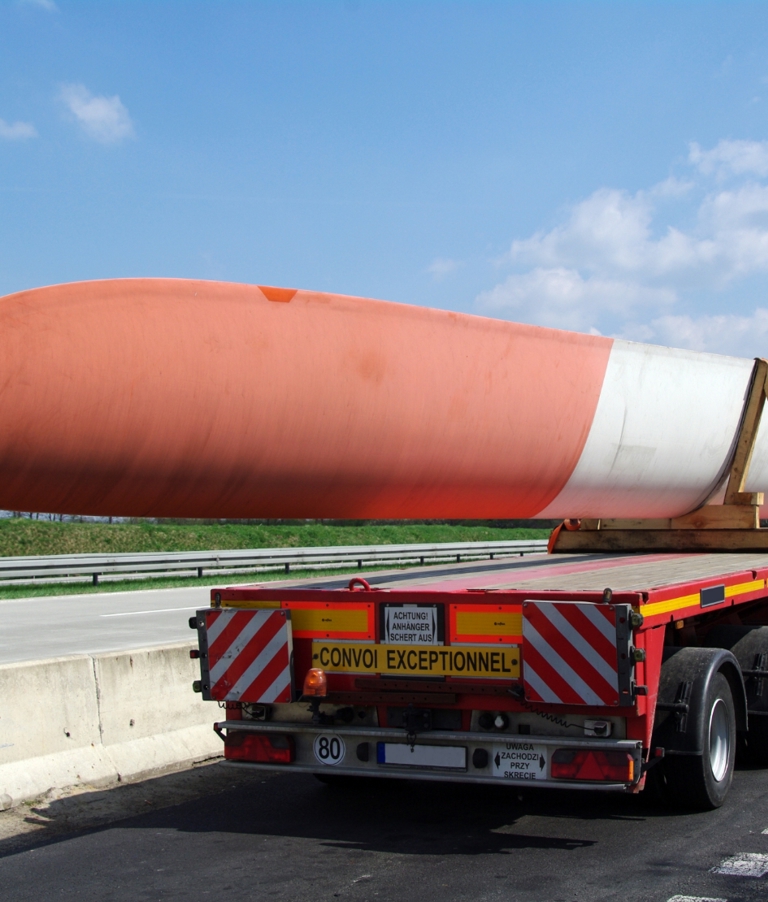
Increasing capacity to produce and build component parts for wind turbines is an important piece of the puzzle. Project managers need to plan for; utilising seaports and transport networks to handle the delivery of these huge turbines, the capacity of commercial shipping to transport parts around the world, and the logistics of putting the foundations into the seabed itself.
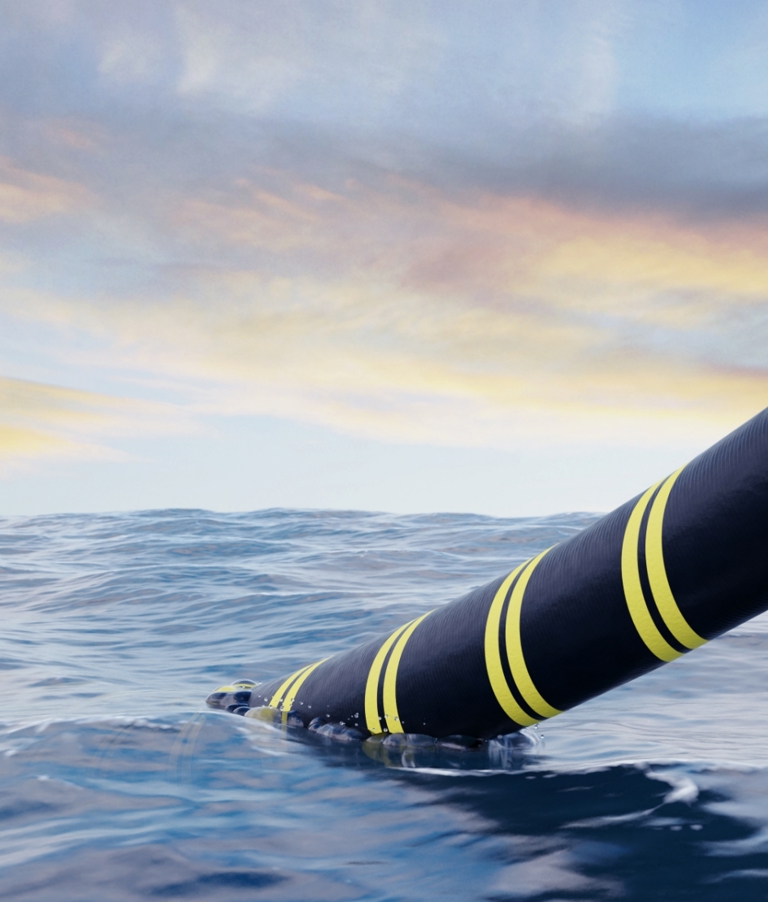
Once a windfarm has been built, the energy it harnesses needs to travel back to land via underwater cabling. Export cables need to bring the electricity to land-based substations. These substations need to be connected to existing national networks. All of this needs to be executed with precision and at scale by highly trained professionals across projects that will take years to become fully functional.
What we have described is only a small part in the journey towards energy transition. We will need to see a gradual evolution from one mix of energy production to another, relying on industry leaders to drive change.
Many different factors will change the way energy is harnessed and distributed, but Brit is here to help you prepare your clients, no matter how they might be involved in this energy revolution.
We are writing the future of wind energy at Brit
As you can see from the way the wind is blowing, this dynamic form of renewable energy is set to play a more significant role in how we power our lives over the next decade and beyond. With such an exciting time ahead for wind power, the new infrastructure will need to be supported and covered. Brit is here to offer these infrastructure projects protection and support as they are set to become a vital part of the world's energy future.
If you want to find out more about how Brit can assist in the future of wind power projects, get in touch with Oliver here.

